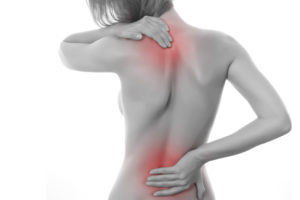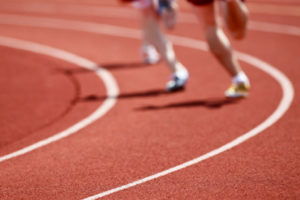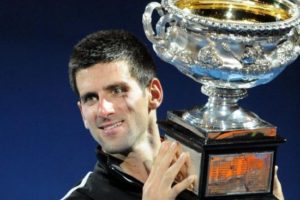Virgil van Dijk sustained one of the most unfortunate injuries a professional footballer can suffer when he ruptured his anterior cruciate ligament (ACL) recently. Only a matter of days after the injury van Dijk vowed to “come back stronger”. This clichéd phrase may have just been a PR message for the media and not the true belief of the player, but it may also be that Virgil really does believe that he will return stronger. The attitude displayed by van Dijk is a classic one amongst athletes at the early stages of their rehabilitation. They take to this new injury related challenge with the same mental attitude that they display in their sport. That is that they will be the best, recover faster and better than others and improve through the course and experience of rehab. It is well known that athletes attempt to “beat” the expected recovery times for given injuries. This attitude is one which makes them very motivated to rehabilitate but one that can mean ignoring healing times and increasing risk of future injury. van Dijk’s attitude to rehabilitation is likely shaped by the high level of social, financial and internal pressures he is under to make a comeback as quickly as possible. The attitudes and pressures combined make it quite likely that van Dijk will return to the first team after just 6-8 months of rehabilitation. The problem van Dijk is facing however is that, no matter his attitude, when he returns, he will absolutely not have a stronger ACL ligament than he did in the earlier part of his career. The ACL graft he will have to replace the natural one gradually adapts over time but it will not develop all the same properties or structural integrity that his natural ACL had. Evidence from other individuals who have undergone ACL reconstruction suggests Virgil will have a noticeably higher risk of re-rupture during the first 9 months post-surgery and long-term increased risk of re-rupture compared to individuals who have never suffered an ACL injury. This evidence simply doesn’t square with van Dijk’s statement. Of course there are other ways he could fulfil his vow: he may return with increased muscular strength in his legs, something that is likely to be necessary to compensate for the poorer function of the ACL graft, he may become “mentally stronger” or more resilient, however you wish to define that, due to the experience of sustaining a severe injury, or he may even return as a better player having used the rehab time to analyse the game and improve tactically. These more limited ways of getting “stronger” may be the reality Virgil is faced with and what he may admit in private, whilst his public statement is one built more on bravado or designed for headlines and fans. Regardless of what lies behind the statement, van Dijk will surely be surrounded by people with great knowledge of the process he is going through and they as a team must find a way to optimise the rehab process and balance risk versus reward when timing his return. Whatever happens van Dijk is likely to be more vulnerable for the remainder of his career, not stronger as he implies. It may be better to face this head-on and pragmatically.
You also might be interested in
Pain is all about PROTECTION! Pain is a fundamental part[...]
With the London Marathon fast approaching many of us are[...]
It is often said that to be the very best[...]




